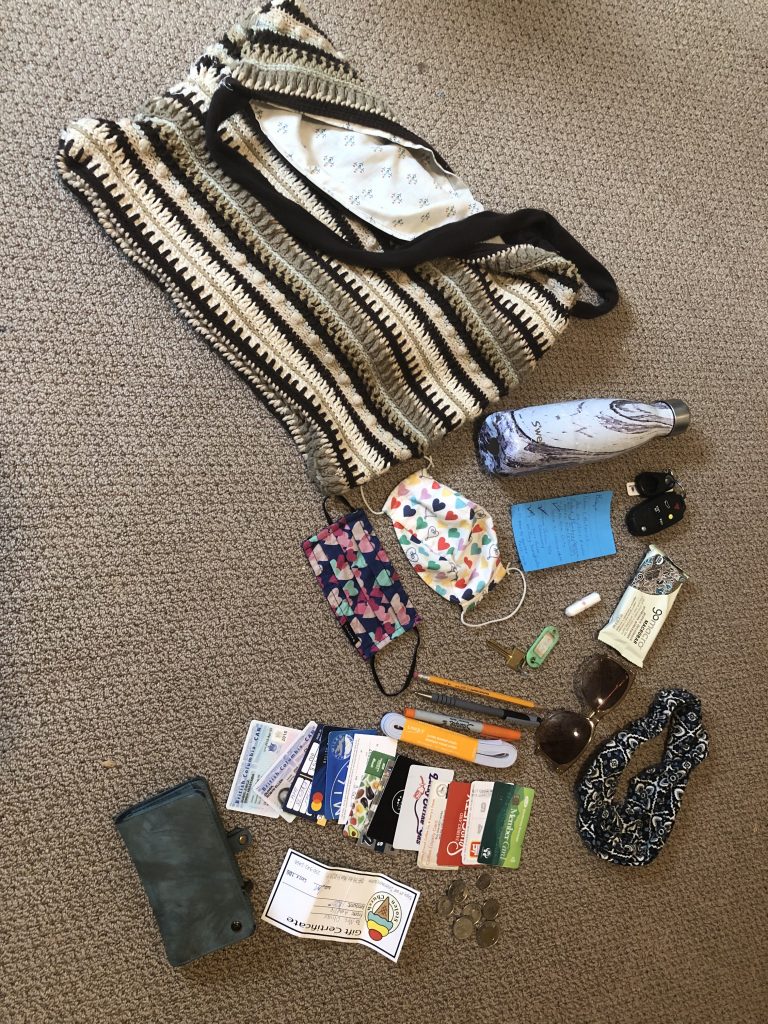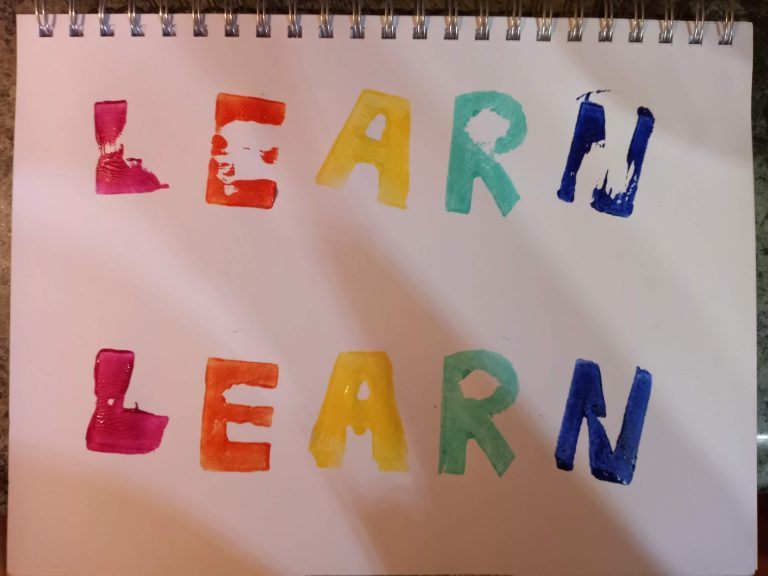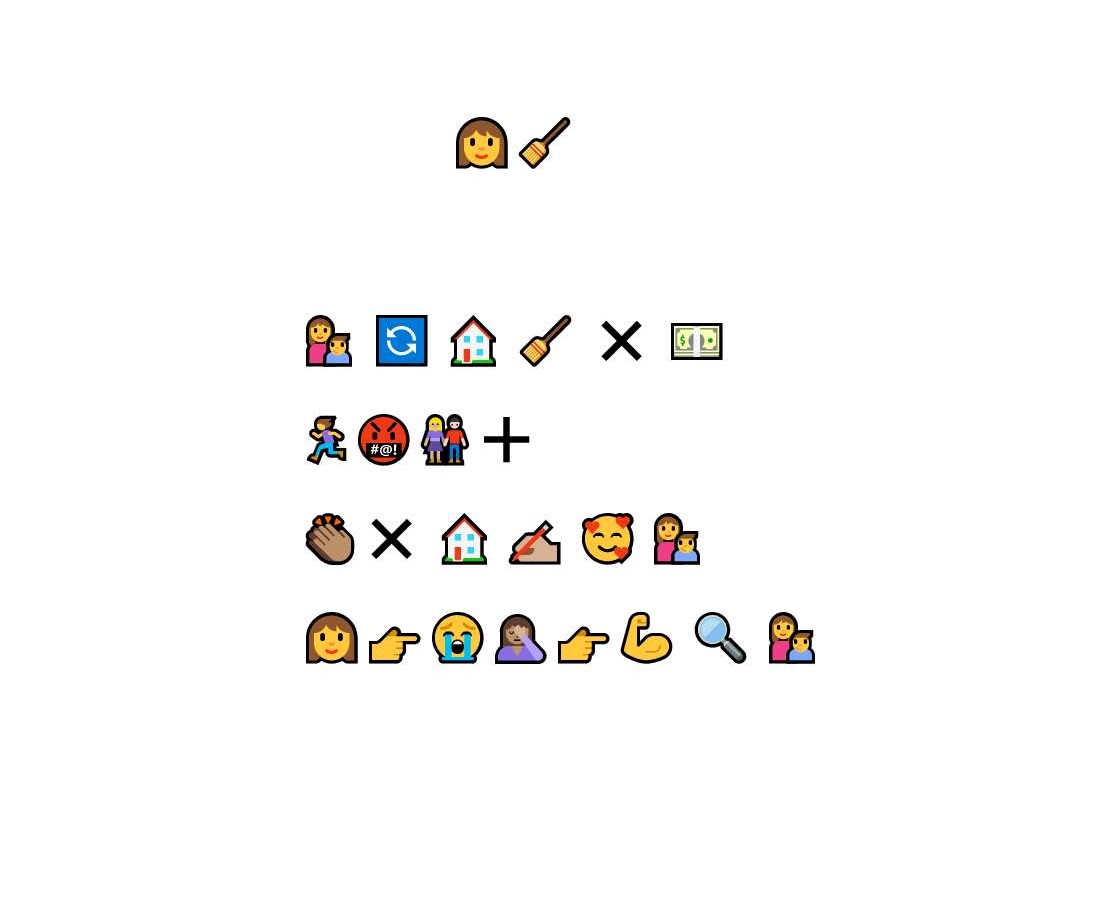Robyn Oliver-My Bag
Unintentionally and by chance, I went into Ellie’s bag. Presently, Ellie and I carry bags with sentimental value, and we take similar items in our carry bags a phone, a wallet and masks. However, she had a few more things inside her bag that I initially assumed because she is a mother. My assumption of what I thought Ellie would demonstrate in her bag made me reflect on my bag when my children were younger. I must admit that the size of her bag and what she carries compared to what I brought would fall in the category of a minimalist. However, I enjoyed reading how candid she revealed intimate details about her daughter and childhood memories.
Although Robyn and I admitted to carrying our iPhone in our bags, we did not include this in our photo. Robyn commented on “I don’t leave home without it and have lately taken to sleeping with it beside my bed while it charges.” I can relate with both of these statements as functions of my iPhone are convenient, such as text, calendar and getting my notifications. I also struggle with setting boundaries as I have elderly parents who live five blocks away. I want to make sure that they can reach me if there is a medical emergency, and I will respond. I chose to post about this commonality because it is interesting that the iPhone can be used or seen as both text and technology. For example, you can use dictation instead of the keyboard to enter text and write characters on the screen with your finger for communication.
On the other hand, it is well-recognized as a versatile technology with diverse functionalities and capacities. Although Robyn and I have an iPhone and use it daily for calls and photos, we use it for different purposes. However, I like to think that our mobile phones are our connection tool to the world. With all the technology items we mention in our bags, maybe what we have is a digital bag within our physical bag. As Postman (1992) describes, language such as the one we use to post our story about our bags is technology in itself, which is a practical art to facilitate information. This post made me think about the future of communication and language. Suppose the language of communication changes would our stories be lost, or would technology have tools to convert the story to the current language so that stories do not get lost or misinterpreted. After another glimpse at “What’s in My Bag?” provides a brief glimpse of who I am; however, it would assist readers if I offered a short introduction to myself.
References
Postman, N. (1992). Technopoly: The surrender of culture to technology (1st ed.). Knopf.
Richard Wong-Voice to Text Task
I found the “Voice to Text” task very interesting as I had never used Speechnotes and found the capabilities of this software to be beneficial. However, I was disappointed that I could not correctly write down the pronouncing word. It did not automatically place punctuations in the recording of my words. Speechnotes is great software as it can write words in their correct spelling (even if it is not the word I pronounced). In all fairness, I did not get the opportunity to see all the features this software can provide. Because software is constantly innovating, it would be great to connect the voice-to-text dictation to Windows Word Docs and or Google Docs you chose. Hence, in my search for more information about this software and its capabilities of predictive punctuation, I came across Richard’s voice-to-text story on their UBC WordPress Blog in Section 65B.
In Richard’s blog for Task 3, their explanation of their voice-to-text experience was that he discovered a way of inserting punctuations. What Richard and I had in common is our experience is the lack of punctuation and how the lack of punctuation made our stories challenging to read and comprehend the accurate details of our stories. In Richard’s analysis, he shares that Speechnotes allows you to add punctuations when using this software. I was excited to know this, and I wondered how I could find how to do this using Speechnotes. I want to comment on our blog that there is no distinguishable title that all stories need. On our blogs, I also noticed there are no titles to begin our stories that had not crossed my mind when I was analyzing my voice-to-text task, probably because I did not give my story a title at all.
It is interesting to note that before thinking about or creating a story, we often brainstorm, but Richard and I chose not to do this before telling our stores maybe because they were personal and not fictional. However, I believe adding a brainstorming feature to this software makes it more efficient for the various uses using Speechnotes software.
Lexie Tucker-Potato Printing
The Potato Printing was a challenging task to create potato printing which linked my experience with Lexie Tucker’s experience. Lexie’s experience explored potato printing, which proved to be fun but time-consuming, and a process of trial and error. The potato printing text we chose was different; however, our experiences were very similar.
Lexie chose to create the word learn in our efforts to form words as a part of language as a technology through a functional art to facilitate communication (Postman, 1992). She provided a finished product image that she posted on her website that is clear, and all letters are facing forward on their webspace which looks refined and precise. When I initially saw Lexie’s text image, I thought I would not relate to her experience as her text was accurate, and none of her letters, such as her E and N, were not aiming in the wrong direction as I did. However, as I continued reading through In Lexie’s post, I immediately recognized that she planned (design and colour) and persevered, craving the letters out precisely. It took her 30 and took me 45 minutes to complete our final product. By the end of this task, we shared a similar appreciation for the imperfections of our manual creation of texts.
It was easy to navigate Lexie’s blog was very easy to navigate as I was familiar with the website she used as t was similar to my own, which is WordPress in UBC Blogs. Lexie’s menu runs along the top of their webspace, and one can locate all tasks on one page, with the most recent post found at the top. I enjoy Lexie’s simple webpage design and pictures to draw the audience to her post.
References
Postman, N. (1992). Technopoly: The surrender of culture to technology (1st ed.). Knopf.
Analesa Crookes-Eadie-An Emoji Story
Analesa chose an excellent Netflix series called “The Help.” At first, the title was a bit unclear, but the plot helped me understand the Netflix series show she could have watched. Analesa stated in her reflection that trying to convert what she had written and making using emojis was a challenging task. Still, she also raised a valid question: emojis can have various meanings.
I noticed that we both started our emoji story with the title, but for different reasons. With Analesa, she thought this would prompt visitors to uncover the tv series she is watching. I, on the other hand, always start at the beginning. I believe this has something to say about how we undertake tasks, whether personal or professional. I wonder if Analesa decides what to choose based on what is more accessible for others to understand. I think I always do things in order, even if it is challenging, and this may have to do with my strict upbringing.
What got me to choose Analesa’s emoji story was because the image she used was large, and her emoji story was not too long. However, after reading her emoji story, I enjoyed how she describes her struggle to convey the show she watched and the feedback she ventured into by asking her husband to read her story. Furthermore, based on the feedback, she came to this conclusion “The interplay of the visual and interpretations can leave readers at a loss and can be complex multimodal messages..” This statement made me wonder if there are still great values placed on conveying a message/story, or is there a greater emphasis on the freedom to choose what they want to take from the message/story. I agree with Analesa that emoticons are another language, and the more you use it, the better you are at communicating utilizing this form of communication. I wonder if using these emojis helps to stimulate thinking and creativity as it creates abstract knowledge.
Analesa and I struggled to connect certain emojis to explain the plots for our movie/show. I believe Analesa’s s awareness that she could not use punctuations when communicating her plot story made her find other ways separate to break up the sentences. In saying this, it might have taken her a lot longer than I did in completing this task. In addition, I think Analesa’s s advantage of knowing that these emoticons can be used as slang might have made it easier for her to use these images more directly as she would know the hidden meanings they may suggest. Therefore, as she may have known some hidden meanings, she would avoid certain emoticons; however, I looked at the images and tried connecting meaning without awareness of the hidden meanings. Analesa and I did find this task challenging; however, Analesa’s strategy in her plot telling story was to focus on a word to convey her message, whereas I tried to choose images that represented the sentence.
Anton Didak-Mode Blending What is in My Bag
For Task Seven, we were asked to take our image for Task One, called “What’s in Your Bag,” and change from a semiotic mode, and we got to choose another mode to present this task again. Reinventing my original post describing my bag made me step out of my comfort zone and challenge myself. For this mode-bending task, I decided to do oral storytelling about the items in my bag that included music, animation and pictures as a recorded video. This experience made me push my creativity to take the semiotic image and change it into an audio experience.
When reviewing the posts for task seven from my peers, I was exploring other colleagues’ posts from Task 7. I purposefully chose Anton Didak’s website for task seven as I wanted another perspective when it came to talking about our bags from a male’s perspective. However, I precisely like Anton’s web space’s visual components, such as its design, colours, and shapes. Anton also incorporates different colours for each of his posts, which allows those browsing his websites to distinguish between topics. These visual effects may be considered basic additions, but I found them visually pleasing and helped me explore Anton’s website.
When describing Anton’s page, I would say it includes multi modalities using technology that can be seen in his posts. Anton’s task seven post begins with a video which was different in how I chose to post this task but still very effective. We did have similar results because we both used words and a video to tell our stories. I appreciate how he told his story because he did not use sound effects, but he used images interchangeably to explain these items and why they were in his bag. I thought his description of the mouse he uses would be a good TikTok video as he describes its usefulness. He also explains that the device is used to record his iPhone, which I thought neat why had I not thought of that? Instead, I recorded myself using Zoom.
My impression of Anton’s webspace is that he finds comfort in being organized. Although using this UBC’s blog webspace was new to me in saying this, Anton’s webspace design is what I would like to use if given the opportunity again.
Jacob- Speculative Ftures
With task 12, we were asked to design two speculative narratives about the direction of technology, text, and education over the next 30 years. I welcomed this challenge because of the narrative component of this assignment. So often in post-secondary education, tasks can be overwhelming with research papers and research assignments. I do enjoy research-based assignments, but what I have enjoyed about this course is our “Tasks,” which challenge us to apply our knowledge using research-based articles, videos, and podcasts and allow me to take the knowledge and perceive this in different ways. When browsing task 12 completed by my colleagues, I was stopped by Jacob’s excellent narratives and description of students and how they learn social studies. Jacob takes a unique path in describing how we can use Artificial Intelligence (AI) in possibly linking it to fun games that students will find less boring and reflecting on the engaging game of, for example, wart and battle can allow the student a more profound and accurate understanding of what how and why countries got defeated in battle. He takes technology-focused social studies into two different narratives, focusing on two characters named Timmy and Frank. At first, when I read “Timmy’s” narrative, I was immediately drawn into how we teachers use technology and what interests students and how they can interpret information with the assistance of AI algorithms. The story comes across as a typical grade 9 social studies class with lessons, activities, however, with AI assistance for students. There were brief moments of mishaps with the technology that I did not know were so important the first time I read through the story. However, when I read it a second time, it made me think about the instructor’s role with AI?
Jacob’s second speculative narrative was focused on Frank; the story took on a different path but still involved AI. In the scenario with Jimmy, the AI was an obstacle to his learning. On the other hand, Frank is accomplishing his task, and the AI is assisting him in staying focused by reading his eye movements and prompting his learning by allowing him to focus on the areas of interest in his learning task. It made me reflect on the uses and perspectives of different technologies that already exist. Given the diversity of technology and its uses in education, we have to assume that there will be various uses that technology can assist with as a learning tool because technology is not one size that fits everyone’s learning needs.
Jacob’s webspace uses WordPress, a simple design that is easy to navigate. Jacob’s webspace includes a menu bar located at the top left-hand side of the screen. I believe less is more, so Jacob’s web space’s simplicity focuses on his posts, and linking assignments with fewer distractions can cause clutter using too many images and vibrant colours.



